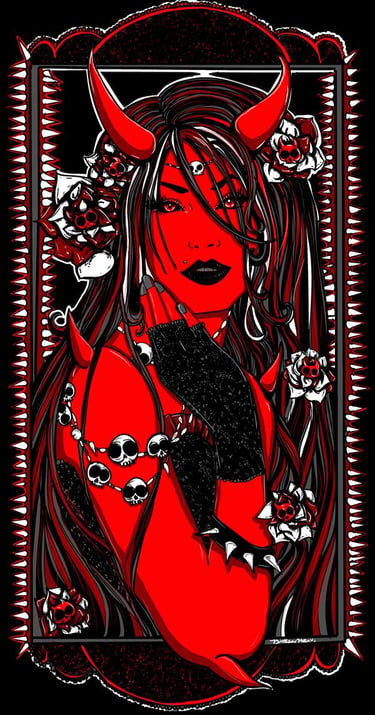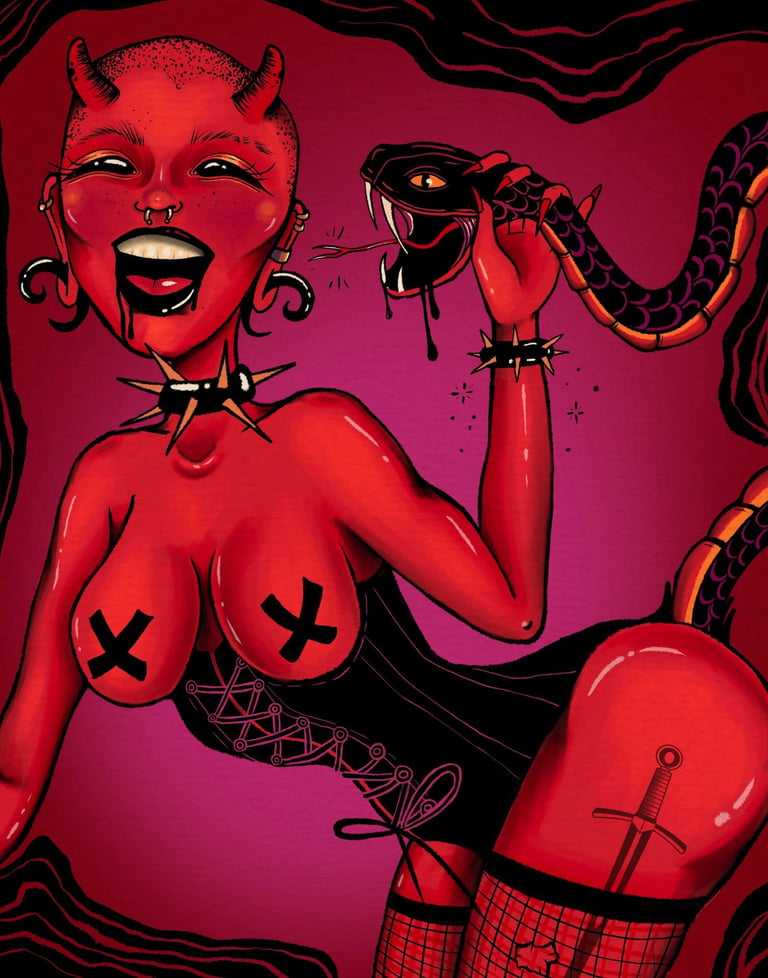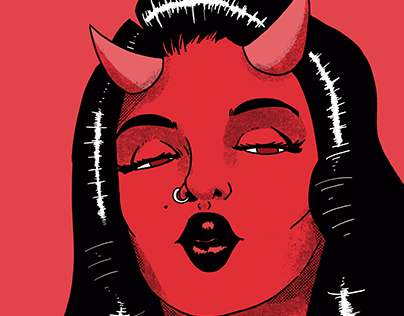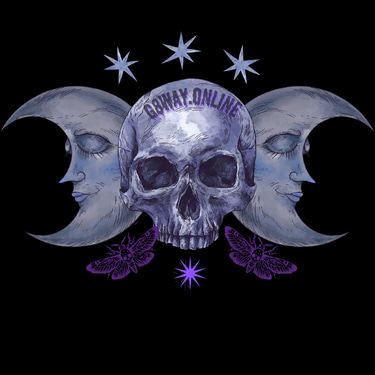Why This Matters Today
While the phrase “women are devils” may sound like a joke today, its echoes linger in media, workplace dynamics, and interpersonal relationships. Modern society still wrestles with the legacy of these beliefs—just look at how powerful or assertive women are often portrayed in pop culture: as manipulative, ruthless, or emotionally unstable. Shit, at this point, female solo artists opt to portray themselves in this manner like it's cute. Now, I understand that some just can't be helped, so I'm going to gloss over those hoes and keep the focus on the roots of these silly myths to help us learn to unlearn them. Recognizing the absurdity doesn't rewrite history—but it helps debunk them for a more equitable future... For women, that is.
In conclusion, the truth is simple: we aren't devils and aren't anymore evil than our male counterparts. But calling us such, only reveals a devotion to misunderstanding. It's been a convenient way, for centuries, to silence, control, and diminish us. It's time to retire the myths and face the real devil—systemic, pre-programmed misogyny.
3. Witch Hunts: Literal Demonization
One of the most brutal manifestations of this myth occurred during the witch hunts in Europe and colonial America. Thousands of women were tortured, drowned, or burned alive because they were accused of being witches—servants of the Devil. These accusations often targeted women who were poor, outspoken, unmarried, or simply "different." The witch hunts were less about actual magic and more about fear, misogyny, and control.
4. Fear of Female Power
Societies that fear women’s strength often resort to demonizing it. Women who speak up, lead, or break norms are frequently branded as “difficult,” “hysterical,” or in this case, “devilish.” By turning powerful women into villains, culture reinforces the idea that true femininity must be passive, quiet, and obedient—or else it’s dangerous.
5. Misogynistic Texts & Cultural Propaganda
Historical texts like the Malleus Maleficarum* (translated: The Hammer of Witches) didn’t just reflect the fear of women—they institutionalized it. Written in the 15th century by clergymen, this book declared women more likely to be witches than men and provided a manual for their identification and punishment. It was one of the most influential tools of the Inquisition, and it fed the flames of misogynistic persecution for centuries.








